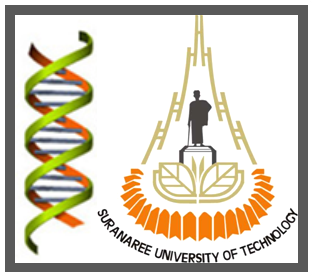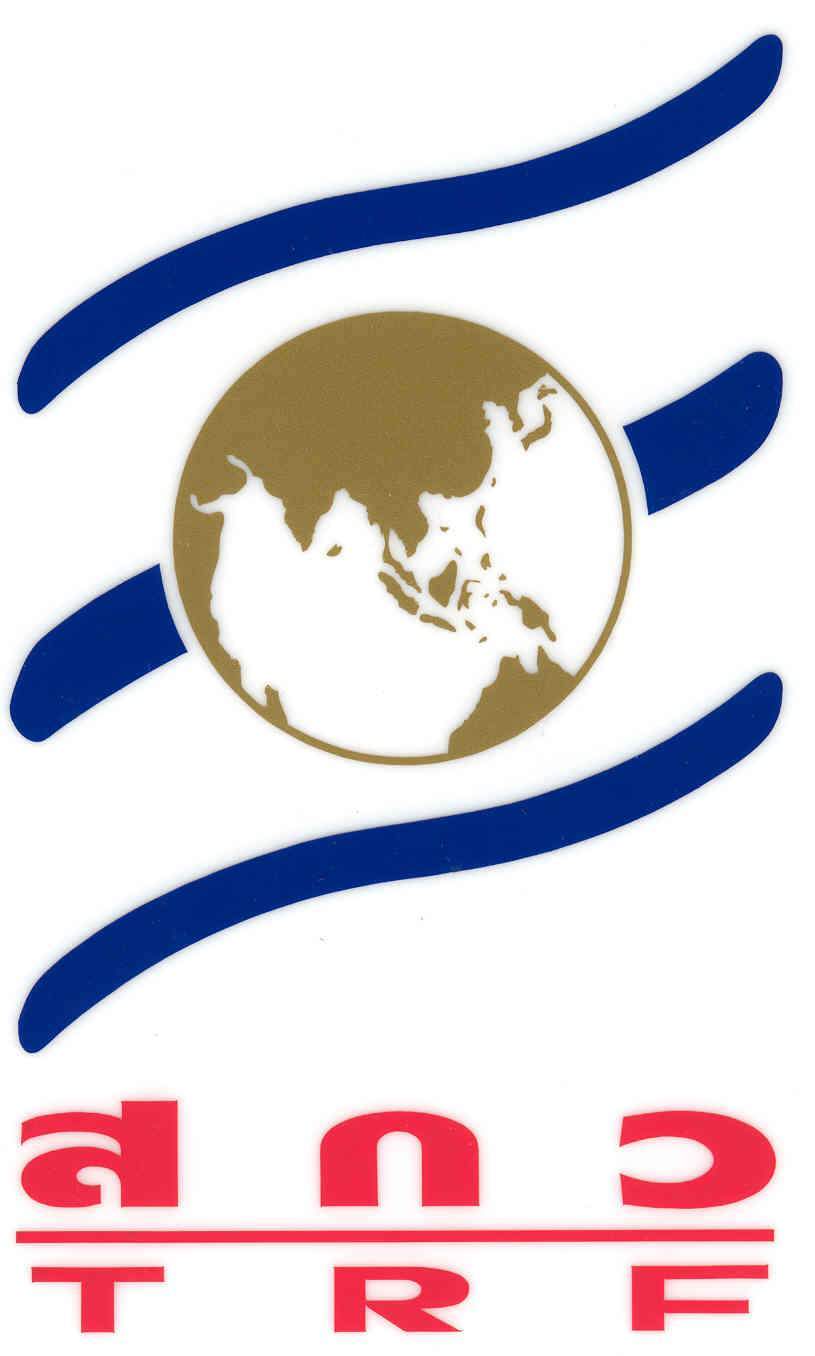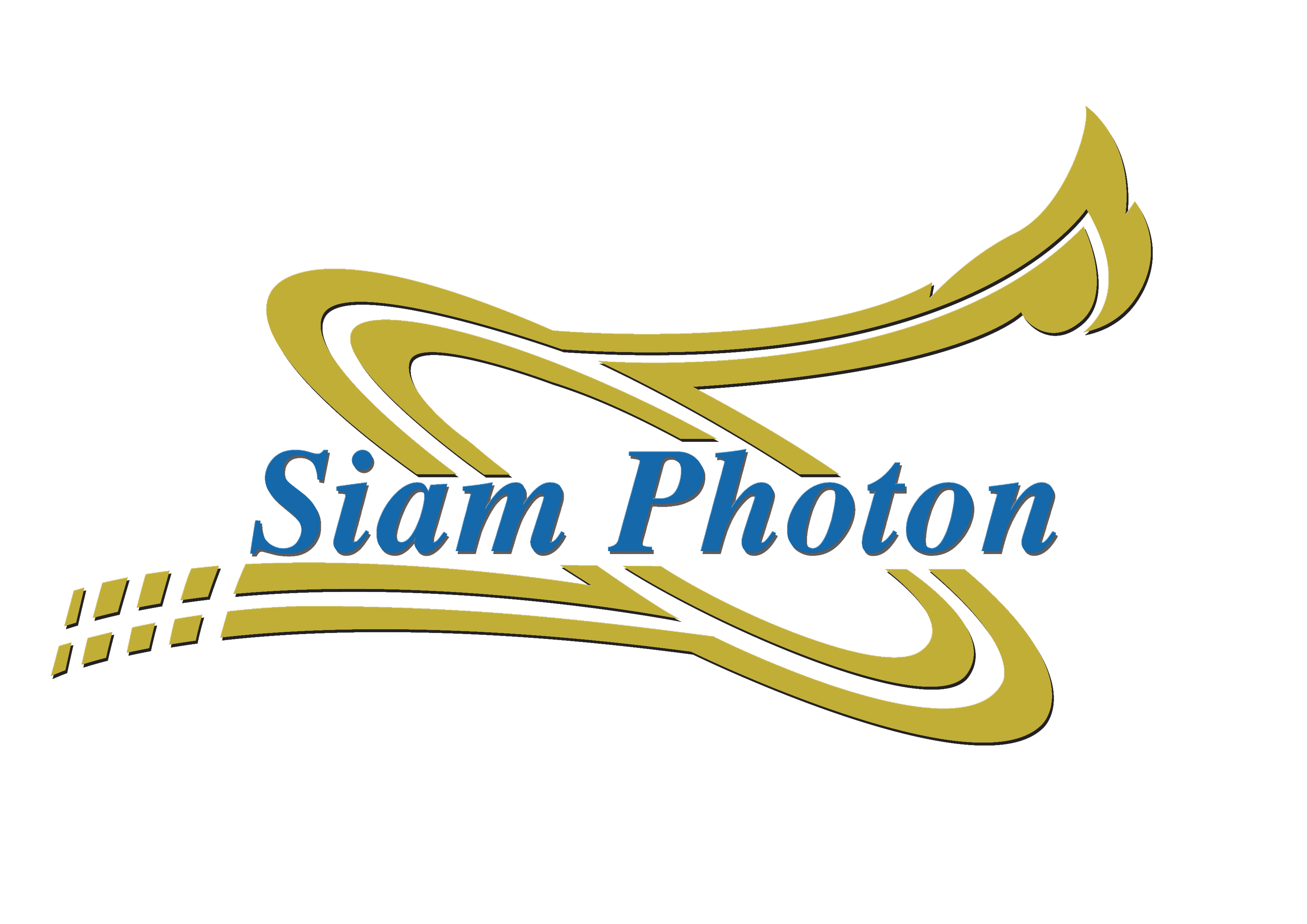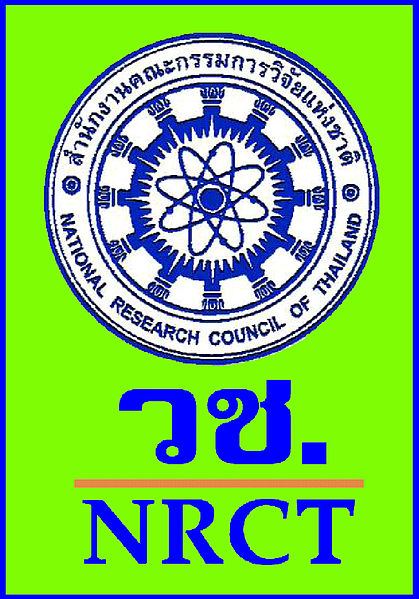- Details
- Category: Research
The graduate study programs in chemistry at SUT are considered to be research oriented programs, emphasizing the following research areas:
Analytical chemistry research is aimed at utilization of modern qualitative and quantitative methods for chemical analyses, including advanced spectroscopic methods and separation techniques. Research has also been done in environmental aspects and forensic science.
Computational chemistry research applies high performance workstations in the simulation of properties of chemical systems, both in the gas and liquid phases. Another focus is on the simulation of macromolecular systems, including polymer and polypeptide chains. The simulation techniques are based on either classical molecular mechanical or combined quantum mechanical and molecular mechanical (QM/MM) methods. The results could be used as primary information for experimental research, including drug design and syntheses.
Inorganic chemistry research focuses on hydrothermal synthesis and structural elucidation of inorganic and transition metal compounds, using crystallographic and other methods. Structural information is used to explain the chemistry and properties of the compounds.
Organic chemistry research involves extraction and structure determination of natural products from medicinal herbs in Thailand, syntheses of biologically active chemicals for industrial and medical application, and syntheses of solid- and solution-phase peptides.
Organic chemistry research involves extraction and structure determination of natural products from medicinal herbs in Thailand, syntheses of biologically active chemicals for industrial and medical application, and syntheses of solid- and solution-phase peptides.
Applied chemistry research deals with four areas. One involves preparation, characterization, and application of various microporous materials such as activated carbons and molecular sieves. Another is surfactant based separations research for removal of trace pollutants and recovery of surfactants from dilute aqueous solutions. The other two emphasize heterogeneous catalysis, including the preparation, characterization, and testing of heterogeneous catalysts containing transition metals, and adsorption of natural dyes on cotton and silk.














